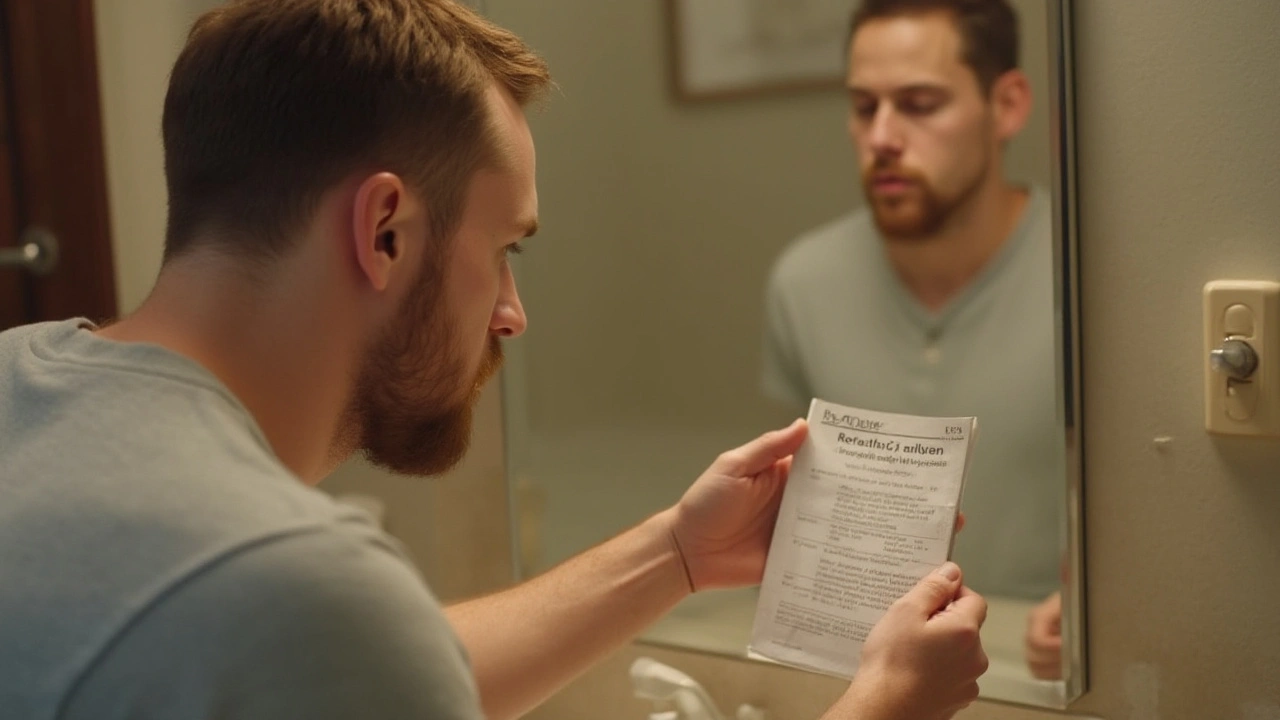Hair Loss Treatment: What Works and What Doesn't
If you’re watching more hair on your pillow than on your head, you’re not alone. Millions face thinning strands, but the good news is you don’t have to accept it. In this guide we break down the real reasons hair falls out, the treatments that actually help, and simple habits you can start today.
Common Causes of Hair Loss
First, knowing why you’re losing hair makes it easier to fix. Most cases fall into three buckets: genetics, hormones, and lifestyle. Male‑pattern and female‑pattern baldness run in families and are driven by the hormone DHT. Hormonal swings from thyroid problems, pregnancy, or menopause can also thin hair quickly. Finally, stress, poor diet, and harsh styling products damage follicles and speed up shedding.
Spotting the cause is simple. If the thinning started gradually and runs in your family, genetics are likely. Sudden loss after a stressful event or illness points to a hormonal or lifestyle trigger. A quick blood test can rule out thyroid issues, and a dermatologist can check scalp health.
Effective Treatment Options
Once you know the cause, pick a treatment that matches. Over‑the‑counter (OTC) options include minoxidil (Rogaine) which widens blood vessels and feeds hair roots. It works best for early‑stage thinning and is safe for most adults. For DHT‑related loss, prescription drugs like finasteride (for men) or spironolactone (for women) block the hormone’s effect on follicles.
If you prefer natural routes, look at biotin, zinc, and iron supplements—especially if blood work shows a deficiency. Saw palmetto extract may lower DHT a bit, but research is mixed. Low‑level laser therapy (LLLT) devices, such as combs or caps, use red light to boost cellular activity; many users report modest improvement after a few months.
Hair transplants are the most permanent fix, moving healthy follicles from the back of the scalp to balding areas. It’s pricey and requires a surgeon, but results can last a lifetime. For those not ready for surgery, scalp‑microneedling combined with minoxidil can increase absorption and stimulate growth.
Don’t forget daily habits. Use a mild shampoo, avoid tight ponytails, and limit heat tools. A balanced diet rich in protein, leafy greens, and omega‑3 fatty acids feeds your hair from the inside. Regular exercise improves circulation, which helps nutrients reach the scalp.
Finally, track progress. Take photos every four weeks and note any changes in shedding or new growth. Consistency is key—most treatments need 3‑6 months before you see results.
Hair loss can feel frustrating, but with the right mix of medical, natural, and lifestyle steps you can slow, stop, and even reverse it. Start with a clear diagnosis, pick a treatment you’re comfortable with, and give it time. Your future self will thank you for the effort you put in today.
A detailed, human‑friendly comparison of Himplasia with PRP, microneedling, minoxidil, finasteride, laser therapy, and hair transplant, covering costs, results, and who should choose each option.
View more
Everything you need to know about Rogaine 2. Find the facts, honest tips, side effects, and real-life data on this minoxidil solution for fighting hair thinning.
View more

